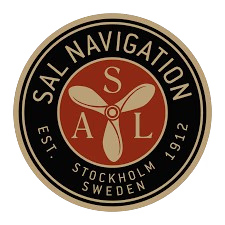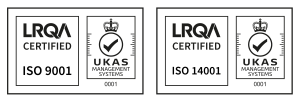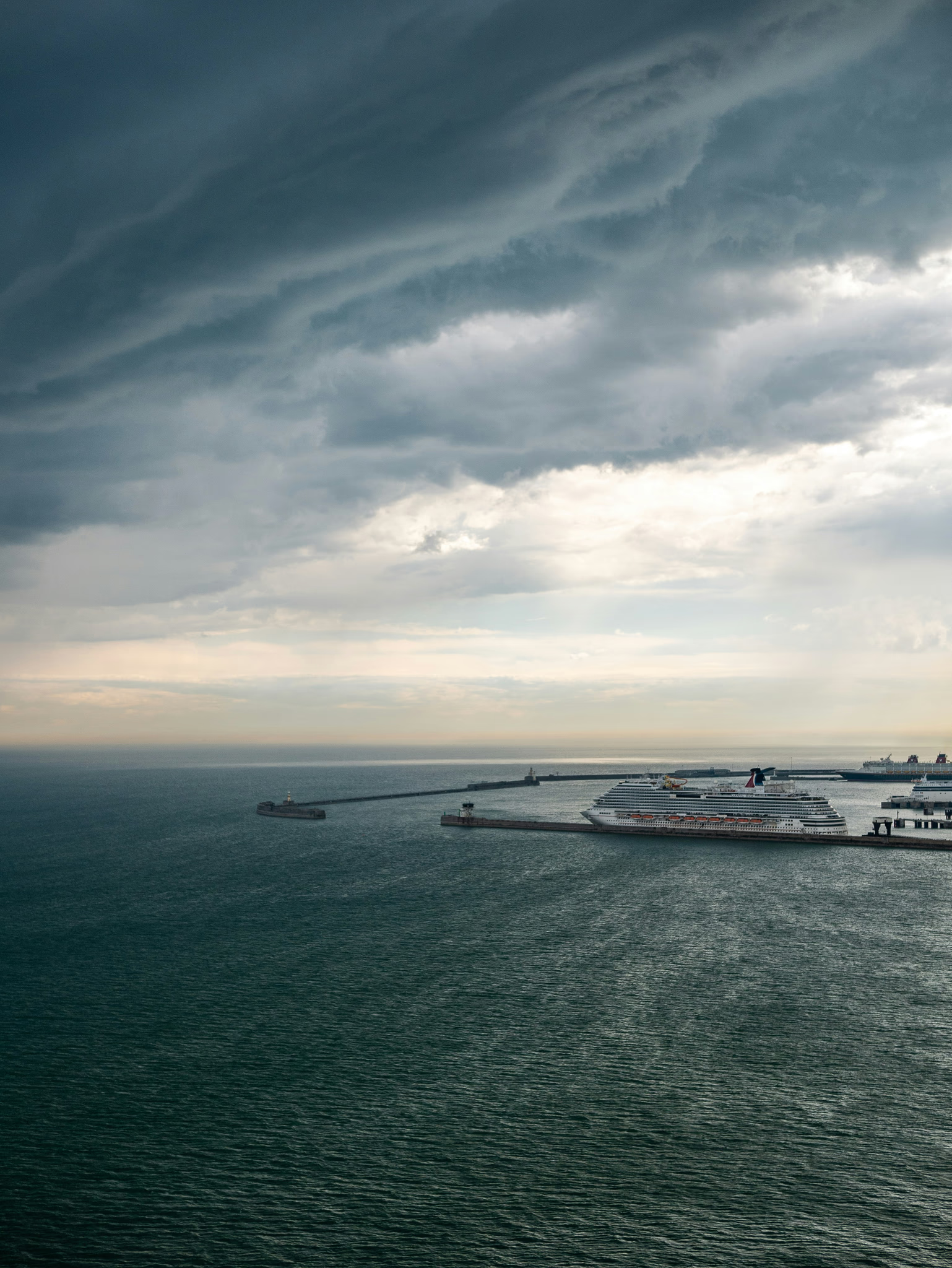
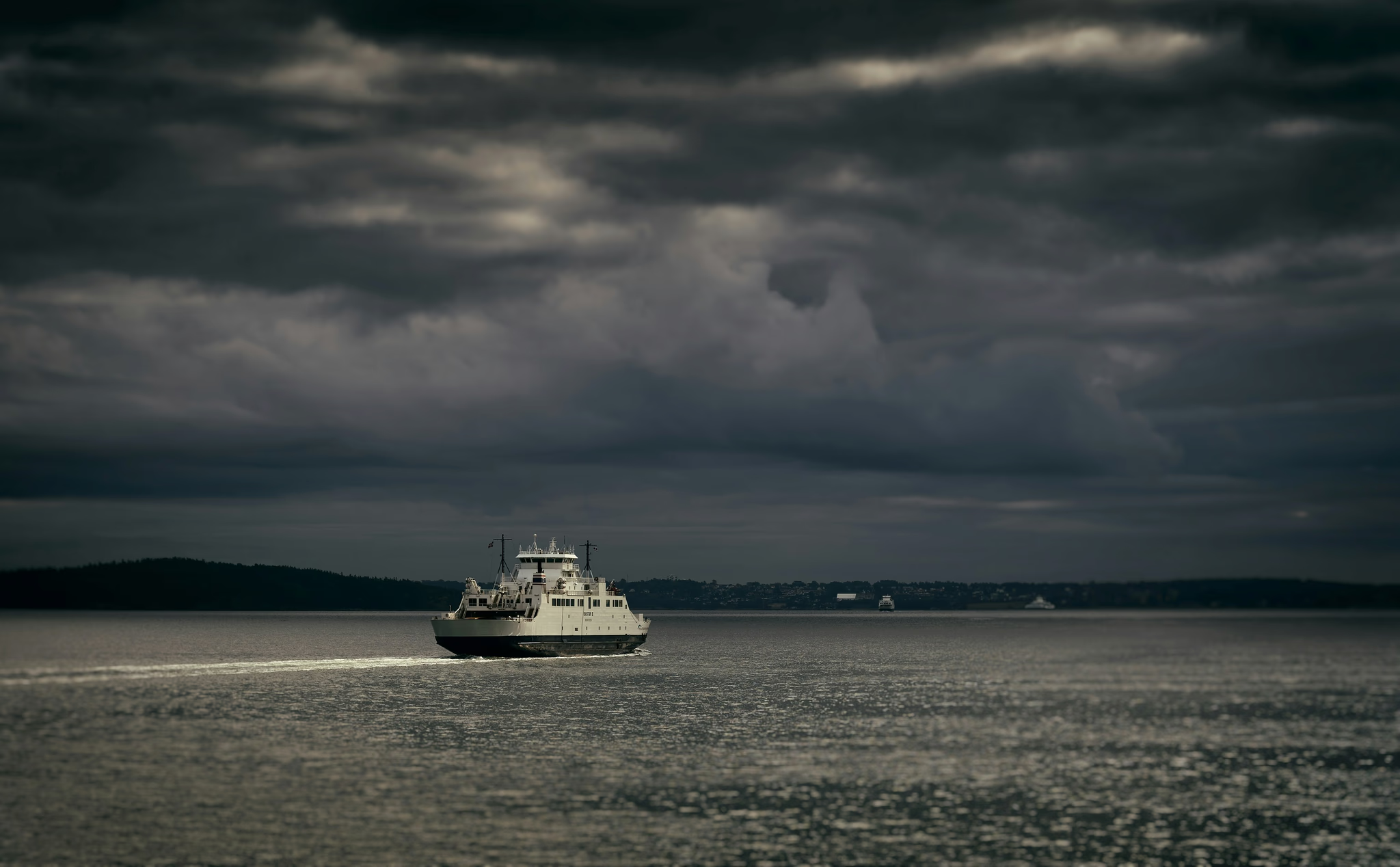
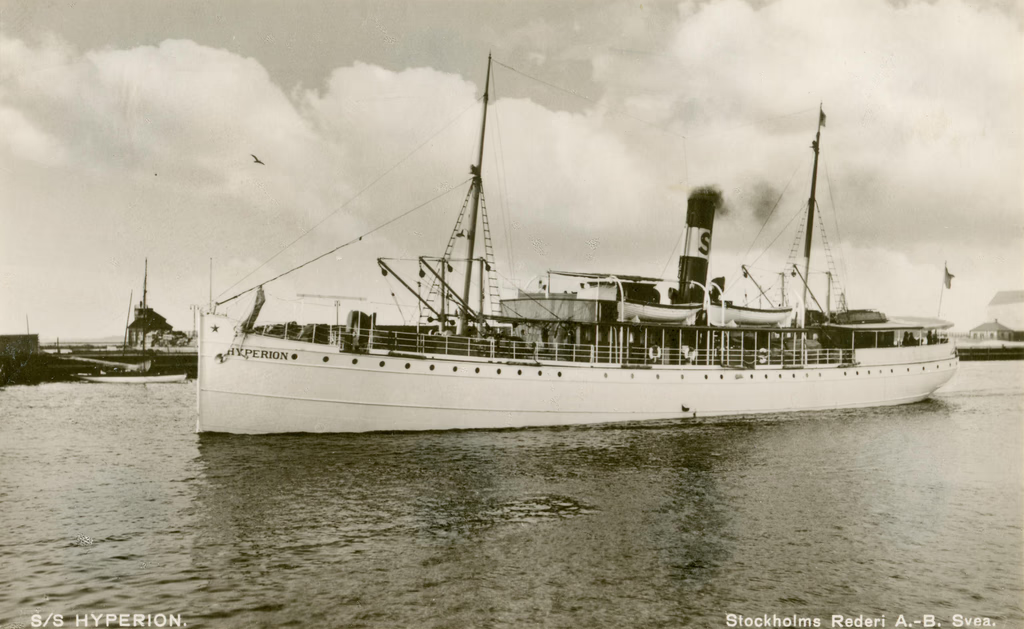

Patent obtained for improvements in and relating to speed indicators and recorders for ships, Pitot-tube measuring apparatus.
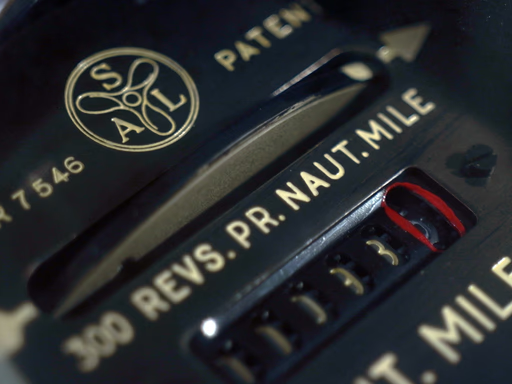
First mechanical speed log.
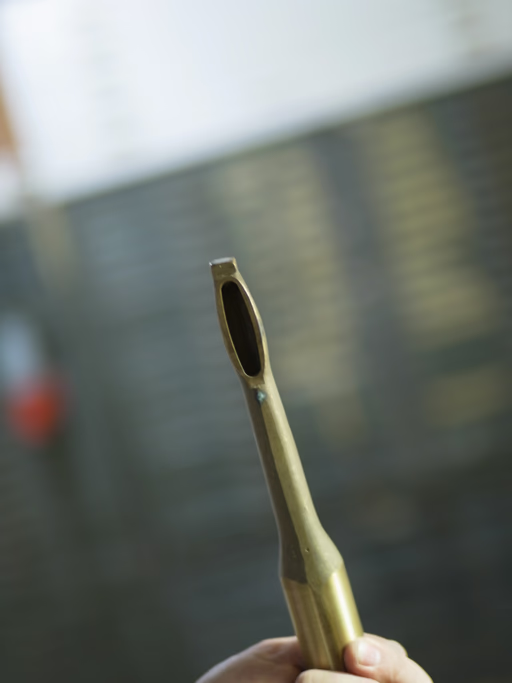
Patent obtained for a Pitot-tube apparatus with air escape pipes and float valves to prevent water ingress.
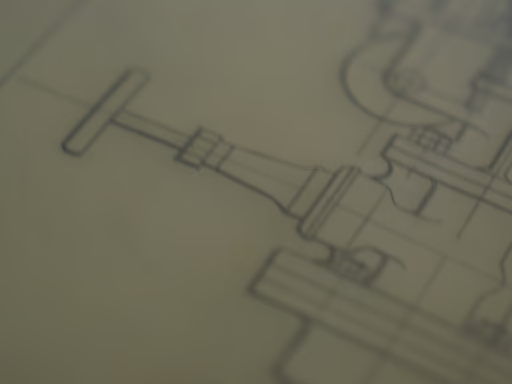
First generation of acoustic correlation log.
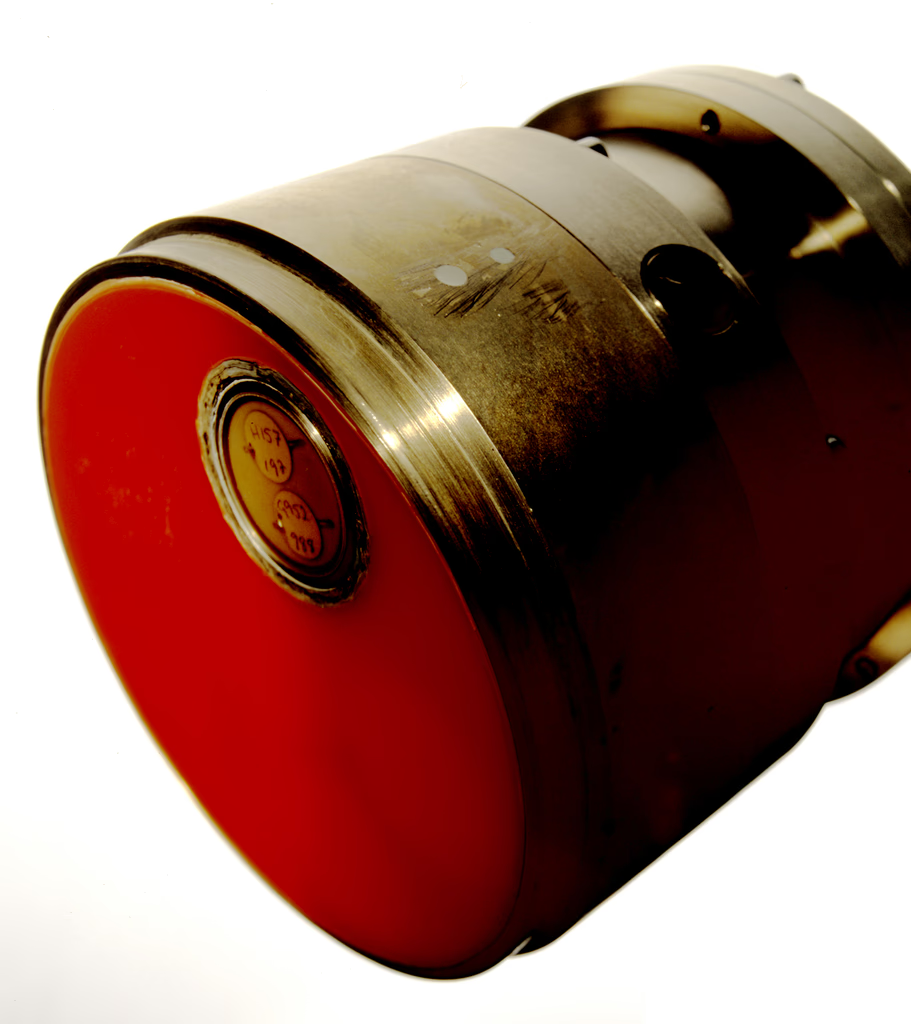
Patent obtained for a sensor with a unique crystal arrangement enabling measurements in 12 directions.
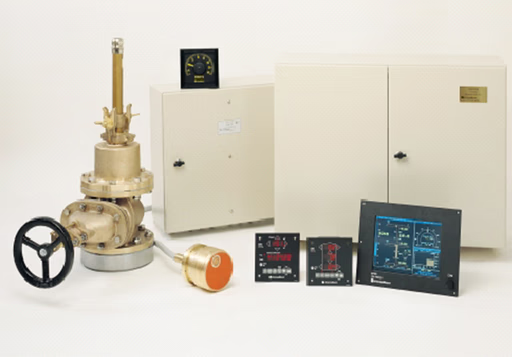
Third generation acoustic correlation speed log.
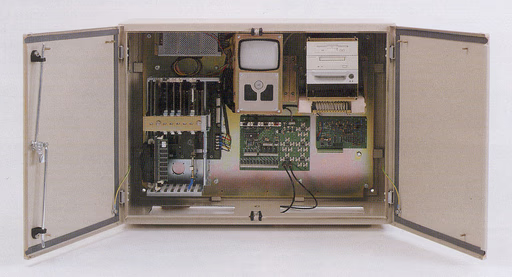
First generation VDR.
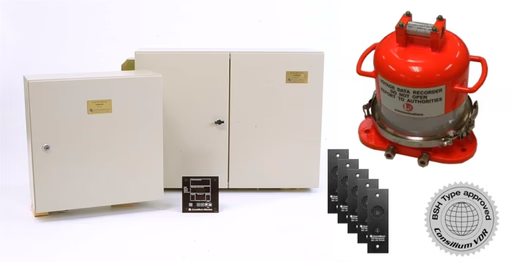
Second generation VDR.
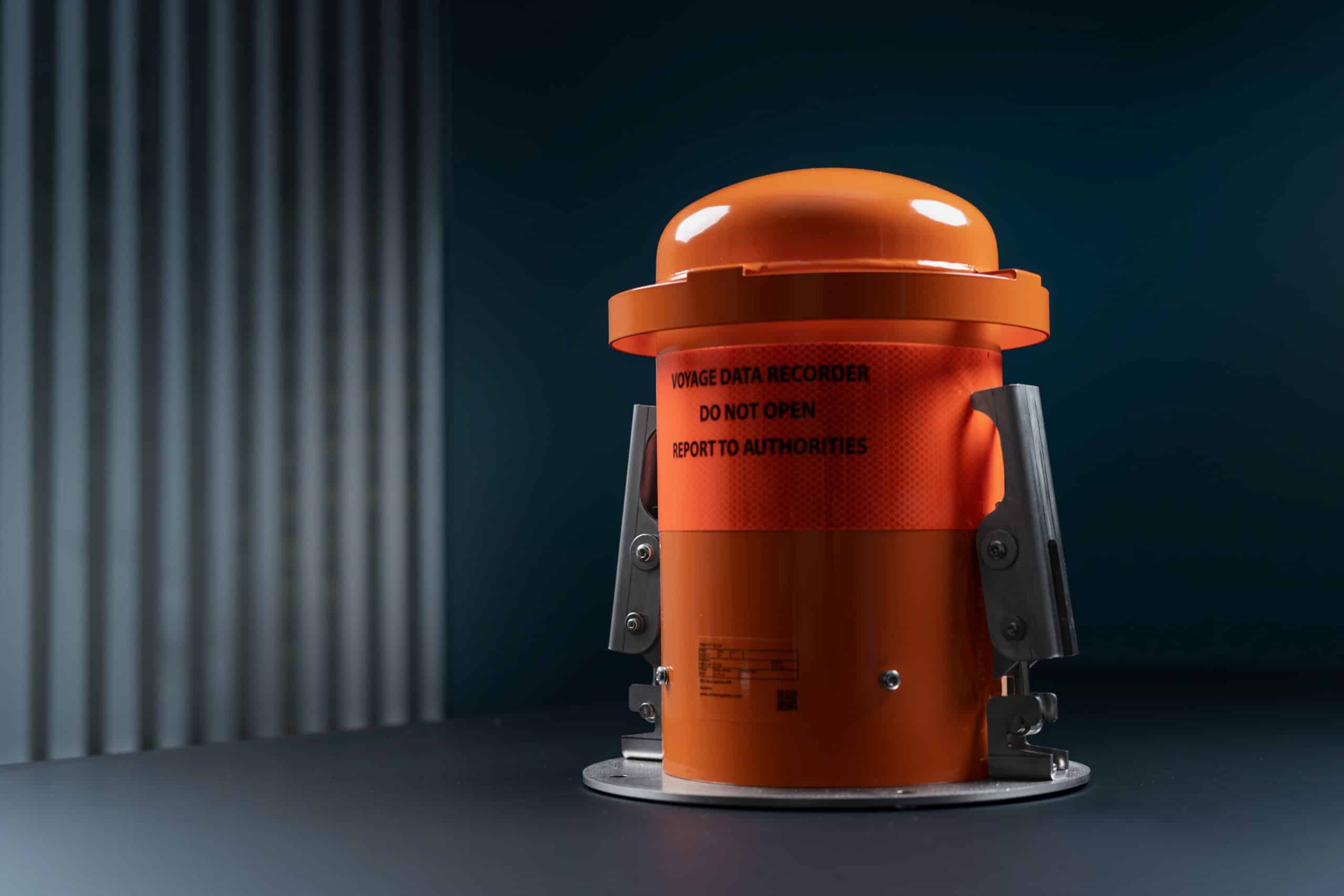
Third generation VDR.
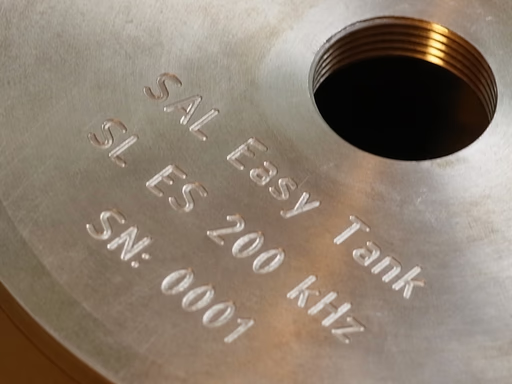
Patent obtained for our tank solution Easy Tank.
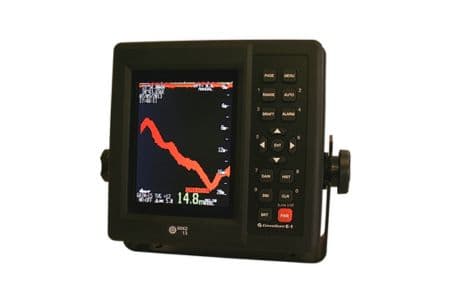
First generation echo sounder.
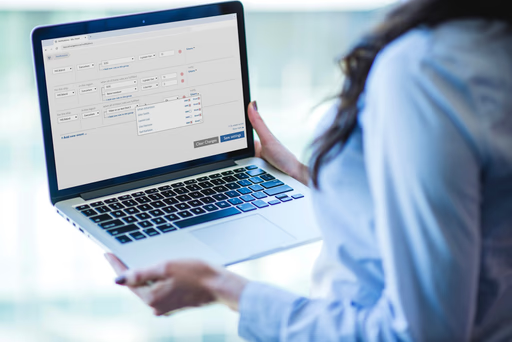
First generation S2S Solutions.
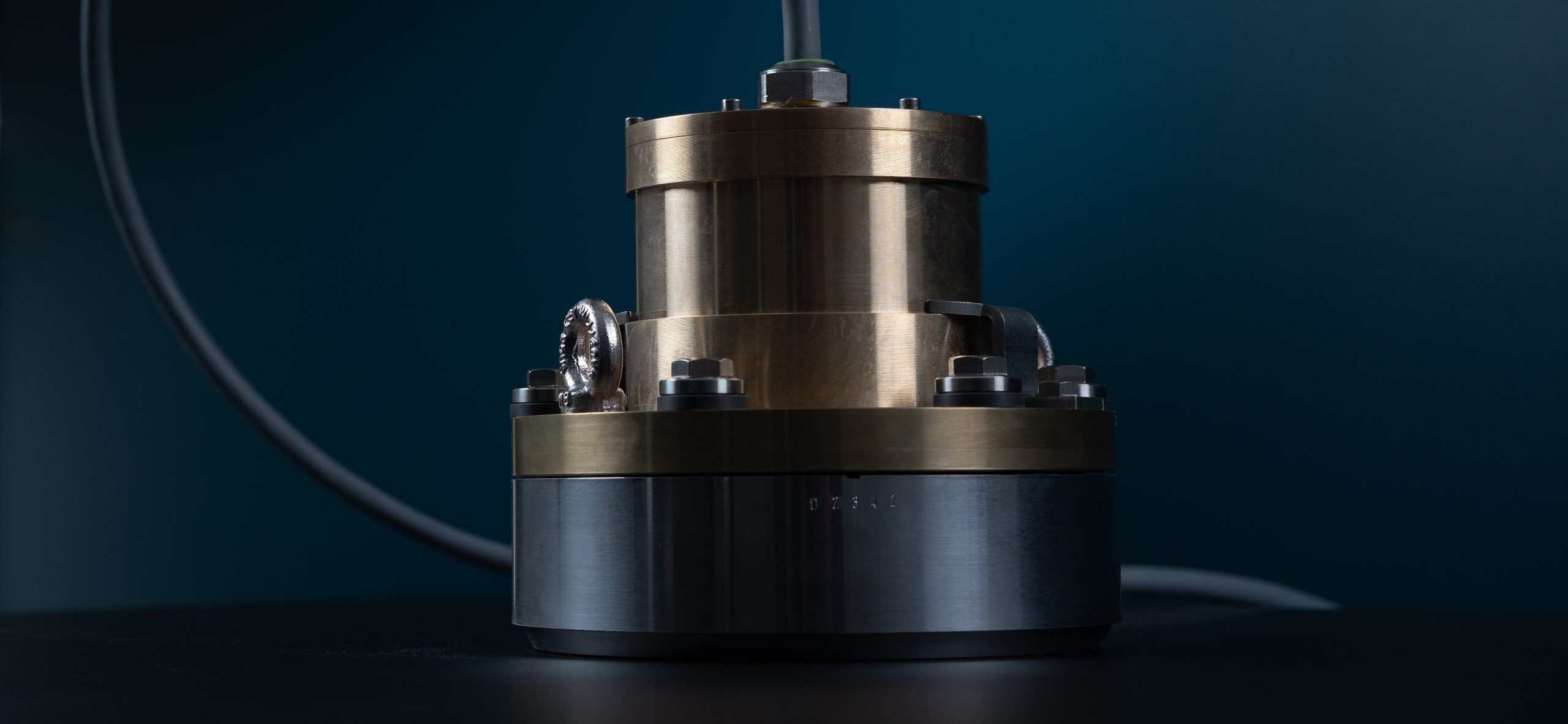
Forth generation acoustic correlation speed log.
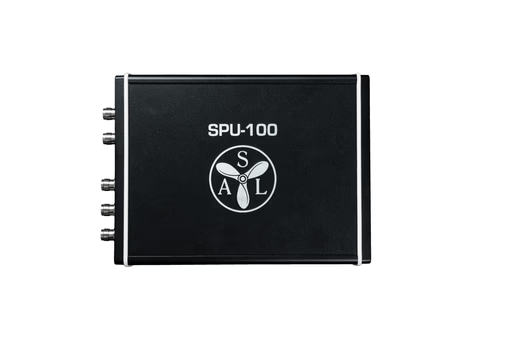
First generation Advanced Precision System
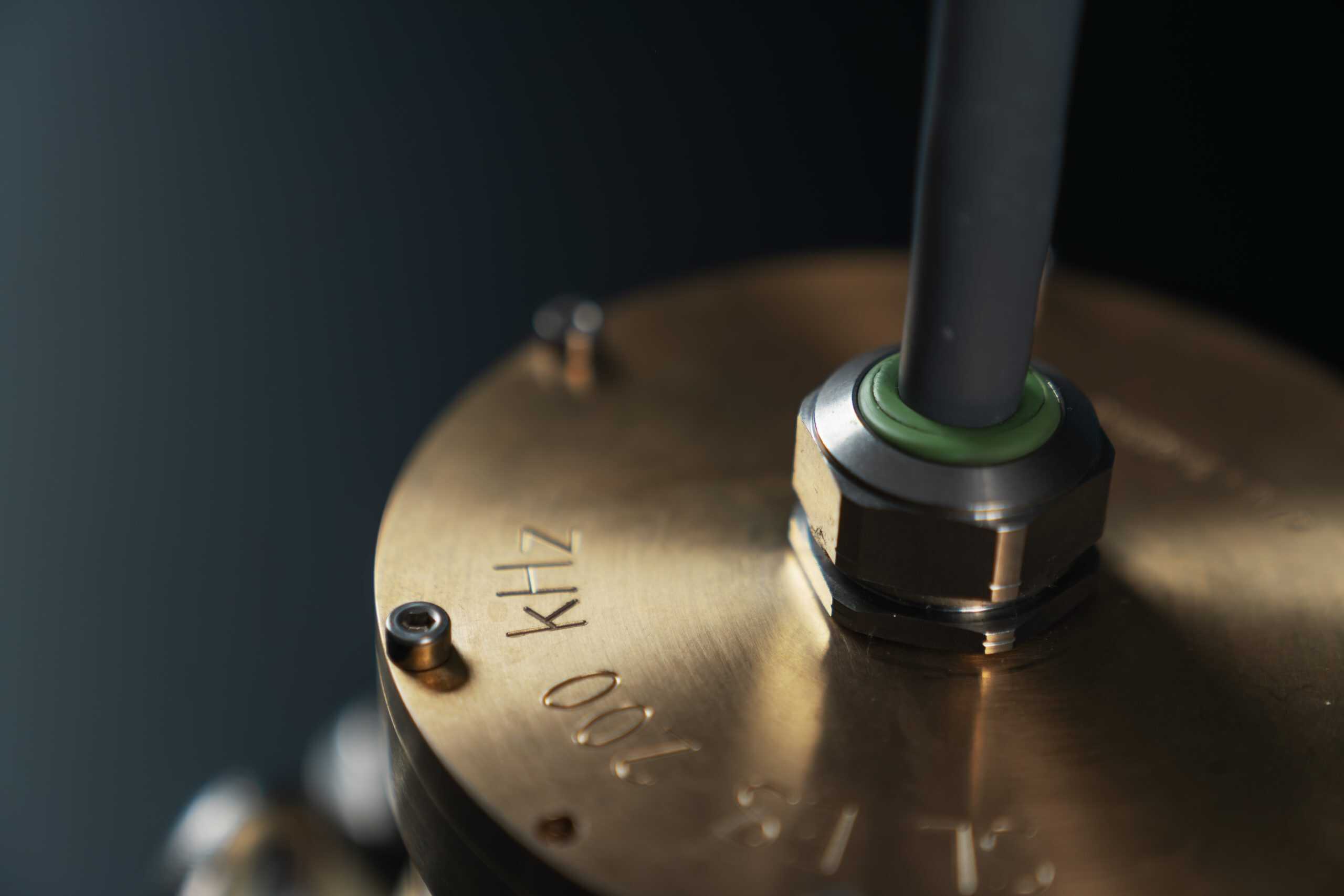
Second generation echo sounder.
